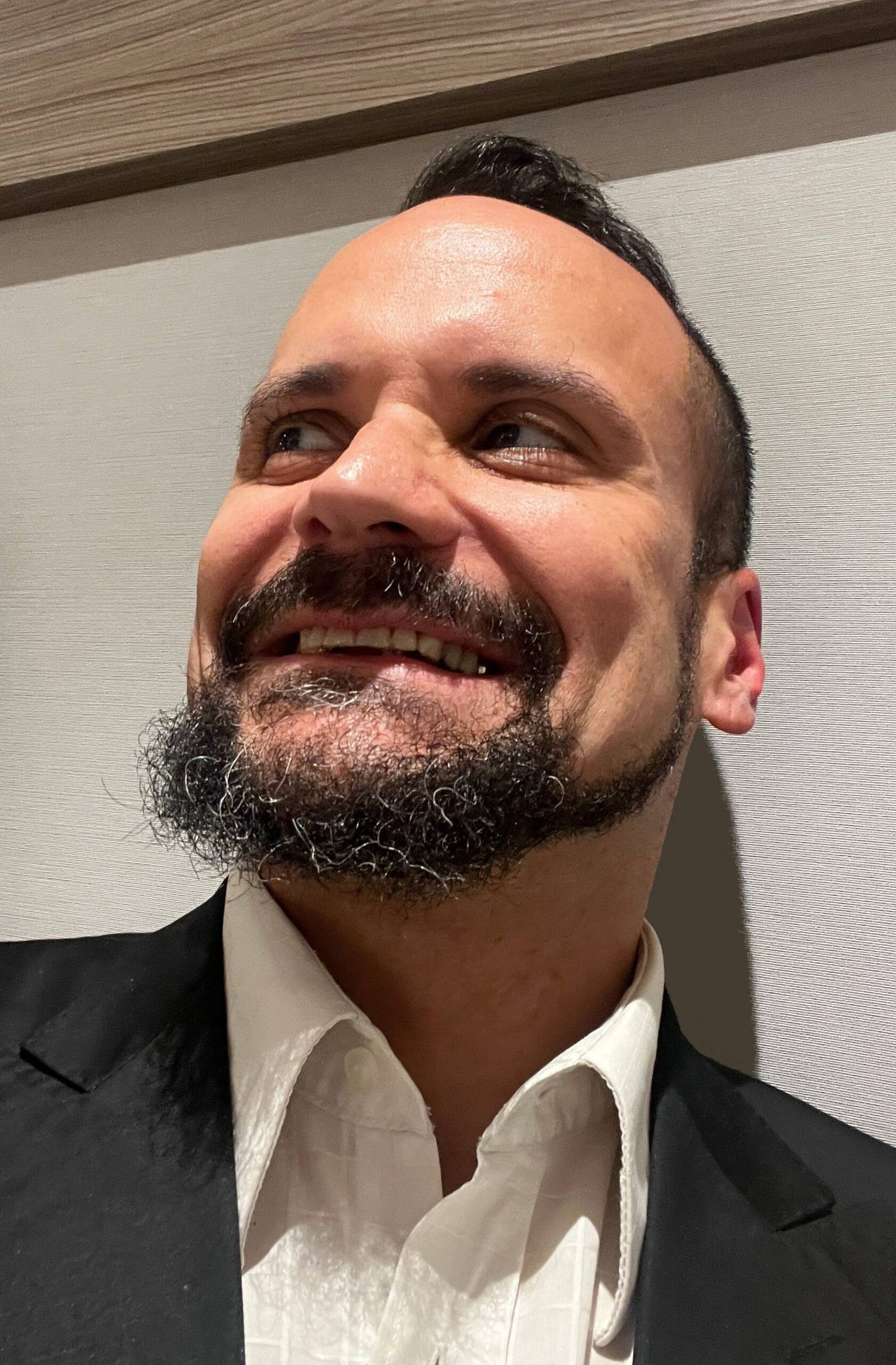




QUICK SNAP: LIVE FROM THE TALLINN BLACK NIGHTS FILM FESTIVAL
Have you ever heard of Blockchain? If you haven’t, you certainly will very soon. The new technology is often compared to the Internet, and many people hazard a guess that we are on the brink of a Blockchain revolution. But what is it all about? Blockchain is simply the safe and decentralised storage of data. It’s the system that enabled the mother of all cryptocurrencies, Bitcoin. You may also call it tokenisation, fragmentation. The main point is: the data is removed from hands of the large organisations that hold our information centrally (ISPs, government, Google, Amazon and so on). Power is handed back to the people.
Not everyone is very enthusiastic about Blockchain. Merryl Lynch and other bankers argue that Bitcoin is a Ponzi scheme, a bubble or simply a fad. The US government is not a big fan, either. These organisations do not wish to see people move money independently and in an entirely deregulated space. The US government has a habit of persecuting hackers who challenge their orthodox and highly centralised data structured. They drove Aaron Swartz to suicide at the age of just 27, and they attempted to extradite British Lauri Love (despite the fact that he had never been on US soil). Lauri’s judicial ordeal is one of the film’s centrepieces. Fortunately, the Supreme Court of the UK ruled in favour of the 33-year-old autistic activist/hacker.
Others argue that Bitcoin is an important empowerment tool for struggling economies. The documentarist visits people in Kenya and finds out how Blockchain/Bitcoin is changing their lives. The government of North Korea and Venezuela are also avid users, Maduro having created his very own cryptocurrency. Putin also believes that Blockchain/Bitcoin could herald a new age: “The Stone Age came to an end not because we ran out of stones, but because new technologies were created”.
Blockchain isn’t confined to Bitcoin (and the hundreds of cryptocurrencies that have since mushroomed in every corner of the planet). The film also investigates a pilot in Unicef (vulnerable people can collect food locally via iris recognition; pictured at the top), a solar energy sharing scheme and also, very significantly, the music industry. Musicians and composers suffered enormous losses with the advent of centralised Internet applications such as Napster, with their record sales virtually vanishing from the face of the Earth. They could now take control again by setting up their own Blockchain. British artist Imogen Heap already does it, and this helps her to fund both herself and the causes for which she stands.
But not everything also Blockchain and Bitcoin is liberating. The identity of the creator of Bitcoin is shrouded in mystery. His fictitious name is Satochi Nakamoto, but he could be a man, a company or a “woman in Arkansas”, he film suggests*. He’s some sort of Bansky of the technology world. Also, Blockchain isn’t always environment-friendly. The memory cards are constantly exposed and expelling heats, and requires constant cooling (fans or air conditioning). One topic that the film did does address is the security of such data. I did not feel confident about storing my information locally on a makeshift pile of cards with five fans precariously pointing at them.
Trust Chain: The Story of Blockchain shows at the 22nd Tallinn Black Nights Film Festival, which is taking place right now.
*Satoshi Nakamoto has now revealed his real identity and the evidence to support it. He’s real name is Craig Wright, and he’s an investor from Australia. This only happened after the film was completed.
https://www.youtube.com/watch?v=FZNg4gvtw20











